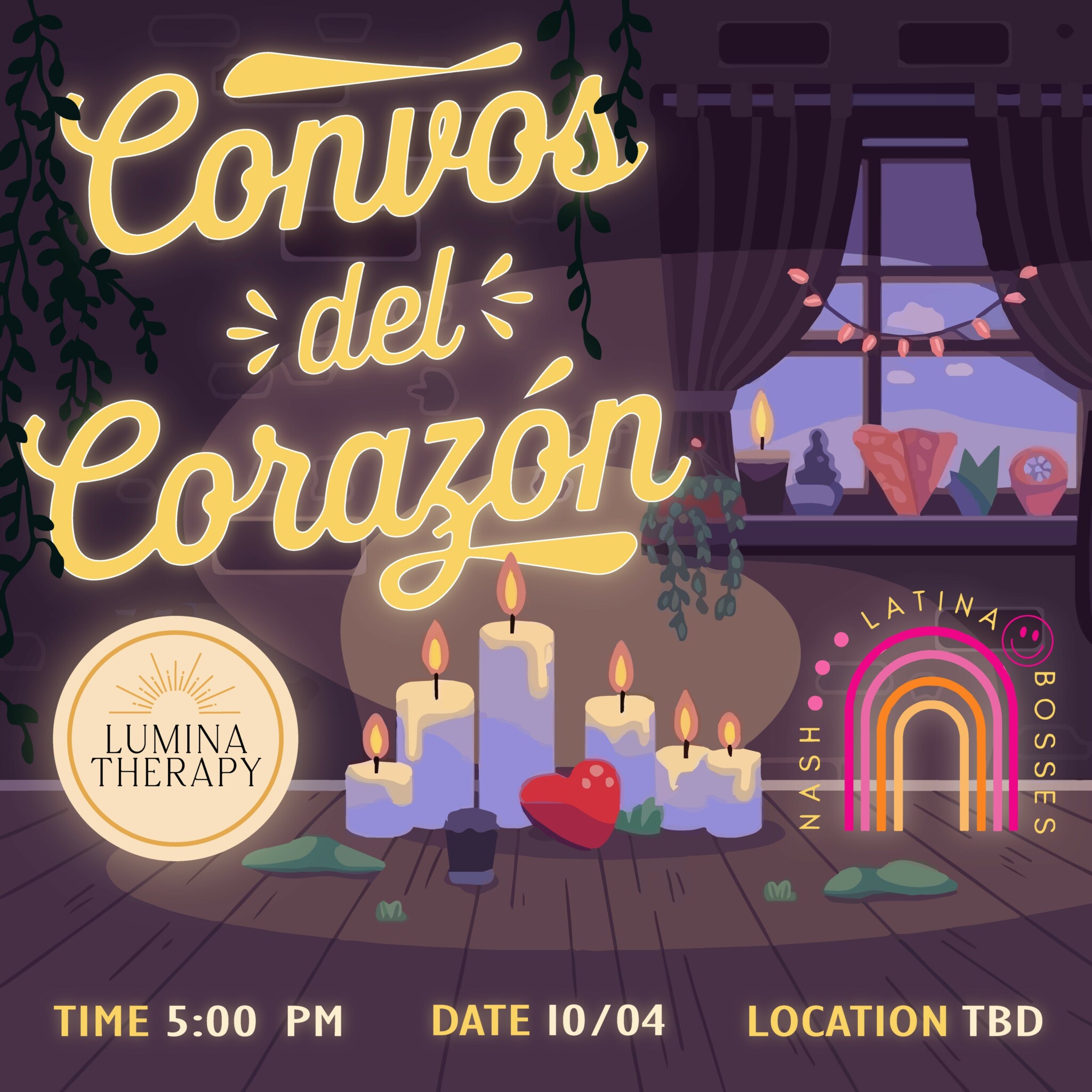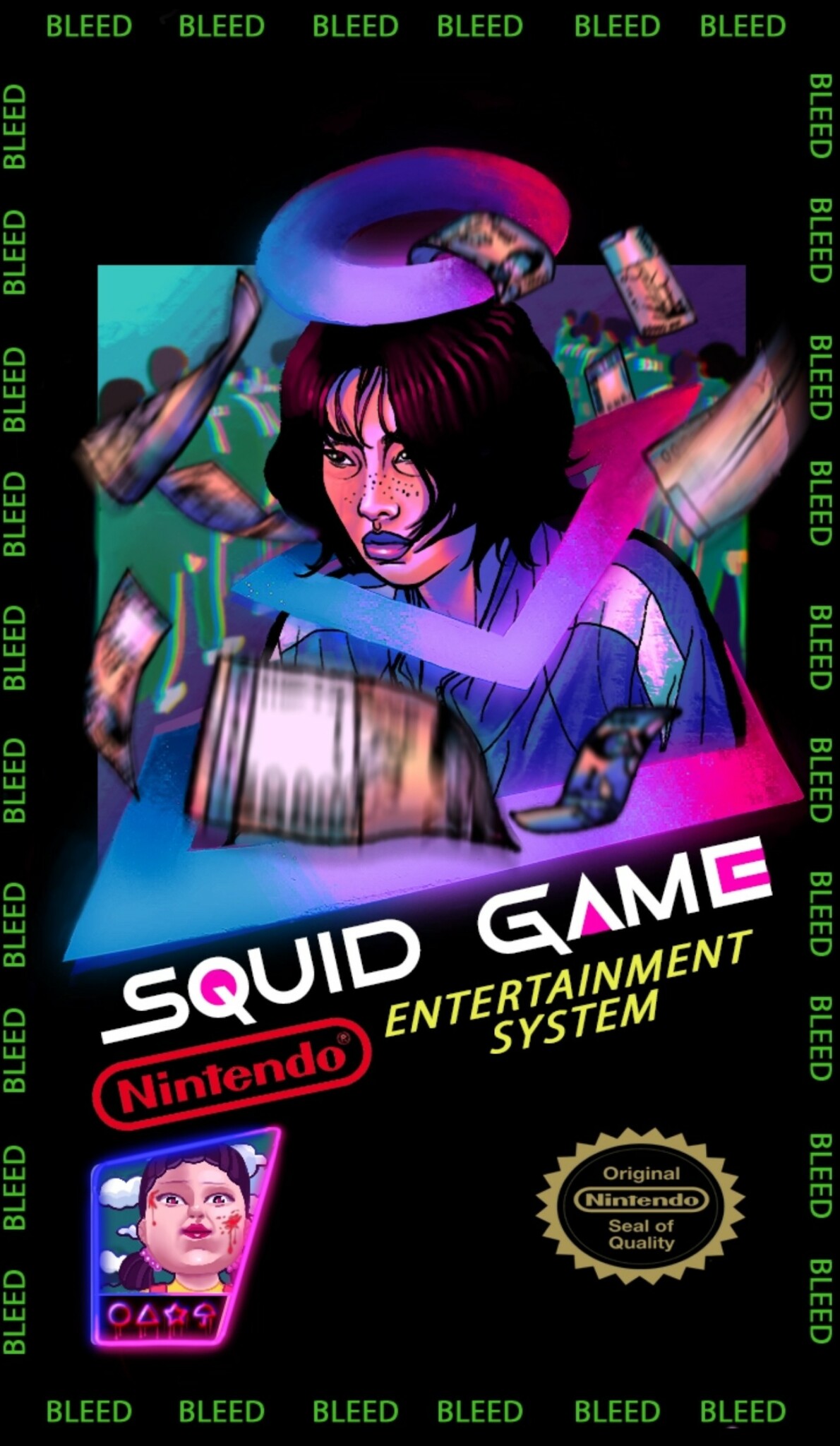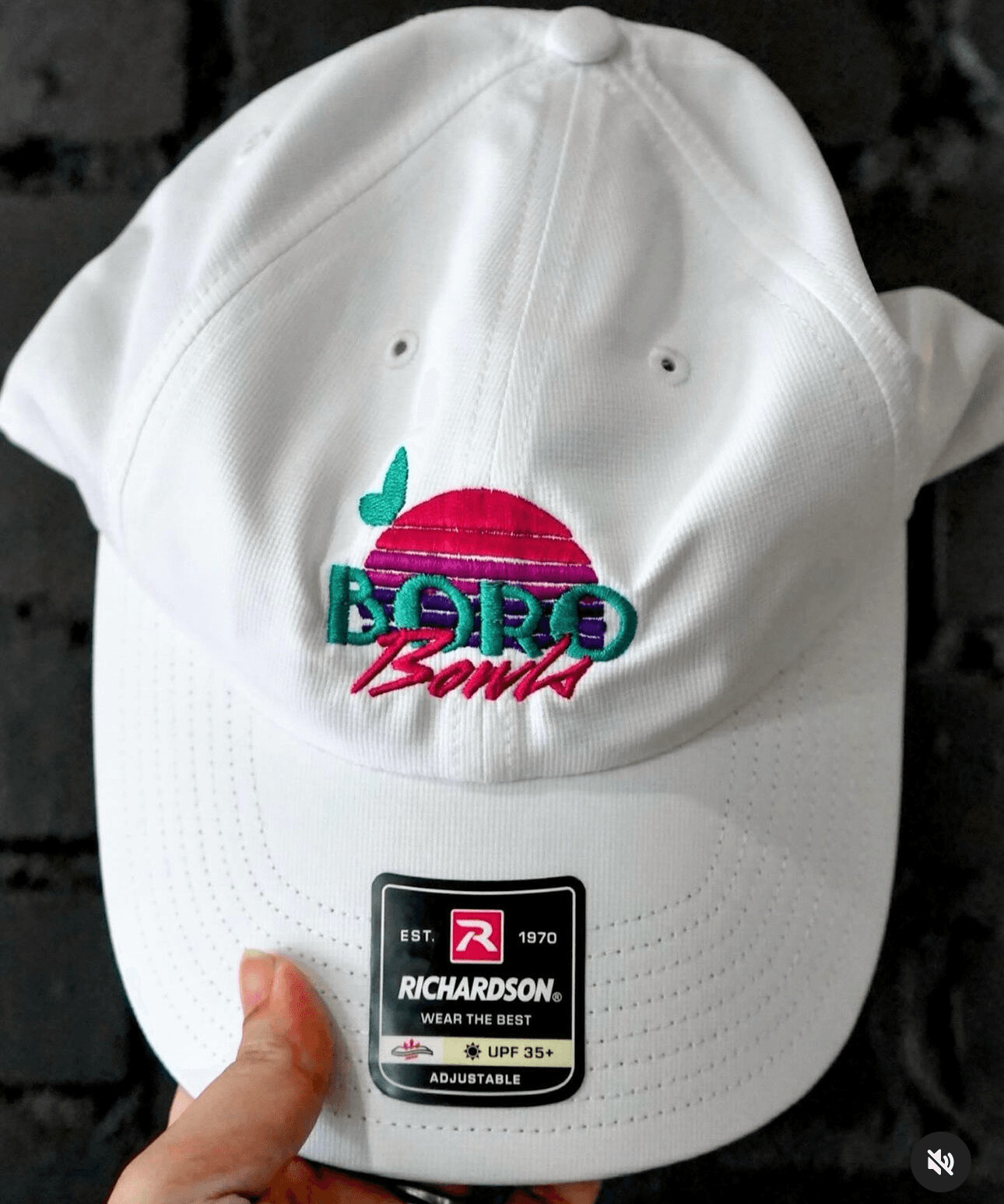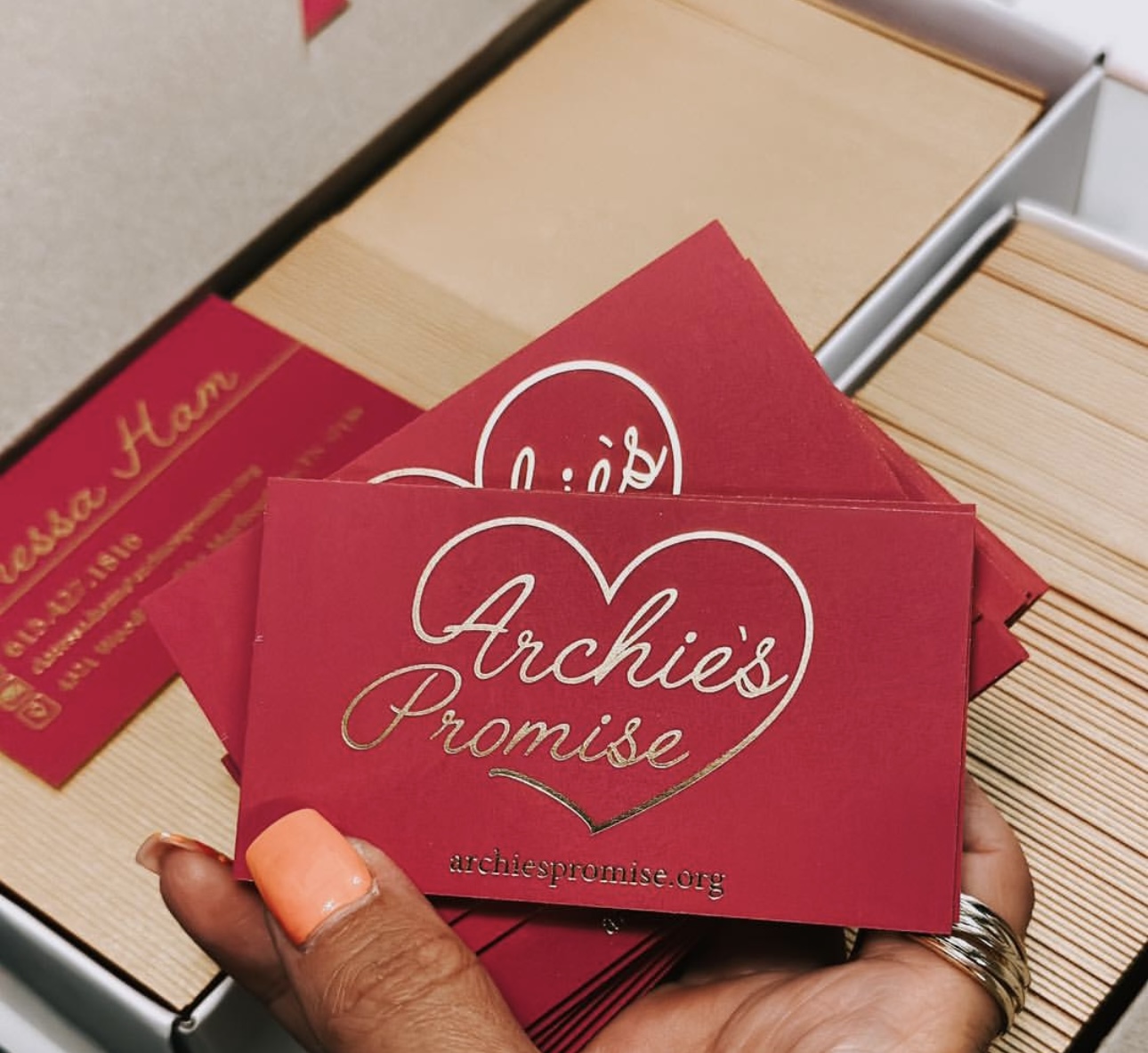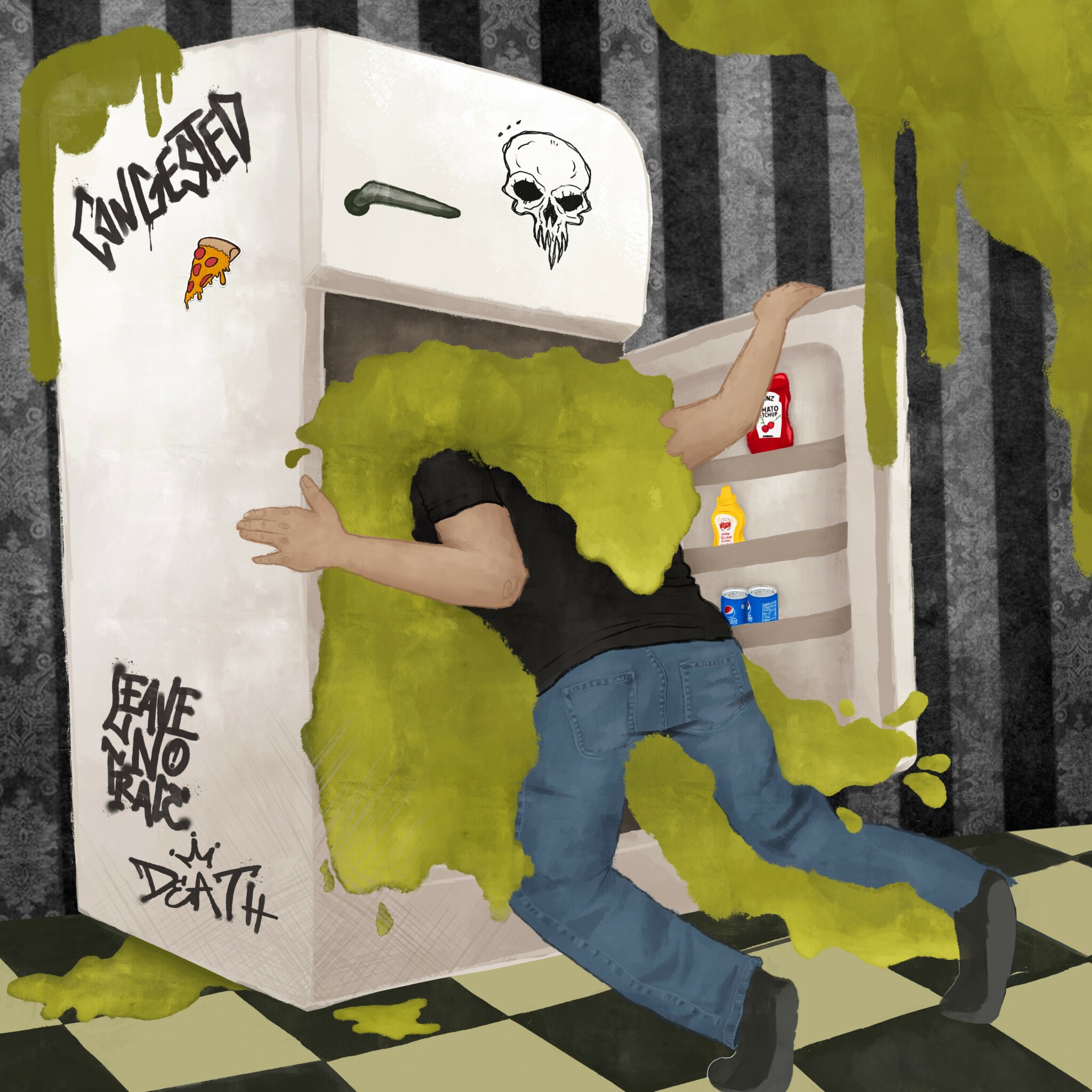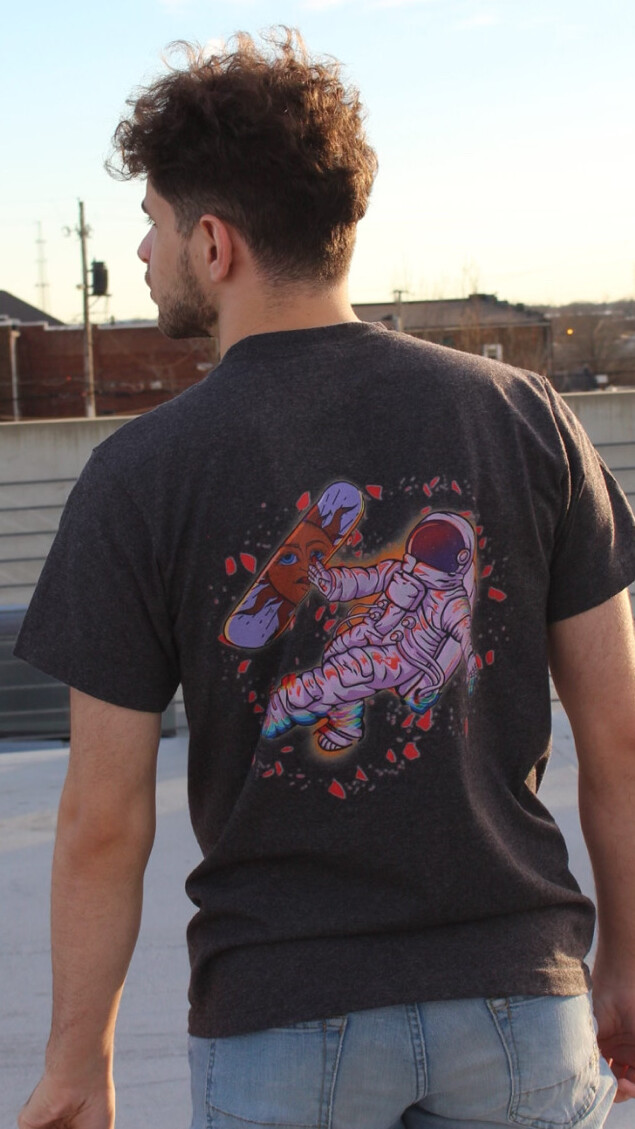Alright – so today we’ve got the honor of introducing you to Ismail Dweik. We think you’ll enjoy our conversation, we’ve shared it below.
Ismail, thanks for taking the time to share your stories with us today Learning the craft is often a unique journey from every creative – we’d love to hear about your journey and if knowing what you know now, you would have done anything differently to speed up the learning process.
For as long as I can remember, I’ve always been drawn to the arts. As a kid, I was always doodling in coloring books or sketching whatever I could. But if you had asked me back then what I wanted to be when I grew up, I’d tell you a marine biologist, or maybe a dentist, or an architect—anything but a graphic designer. The idea of becoming a designer wasn’t even on my radar until high school.
It was there, when I entered my high school pathway in graphic design, that everything changed. Suddenly, I was surrounded by the wonders of digital media, digital painting, and design tools that let me bring my ideas to life in ways I hadn’t imagined. That’s when it clicked for me: design wasn’t just about making things look cool—it was about telling a story through visuals. Design is powerful because it can influence millions of people, shape culture, and communicate ideas across the world. That realization set my path in motion.
I stuck with graphic design all throughout high school, and when I moved on to college, I found myself in a program that really helped shape everything I know about design today. The journey was far from easy. There were countless late nights, endless projects, and moments where I just wanted to throw in the towel. The process of designing can be so time-consuming and stressful that it’s easy to get overwhelmed. But through it all, I learned that the key to pushing through is time management—taking breaks when you need them, and finding ways to recharge so you can dive back in with fresh eyes and ideas.
One piece of feedback I got from my professors was simple but profound: “You won’t improve if you’re not willing to take risks.” That advice really hit me. It pushed me out of my comfort zone and reminded me that growth comes from pushing boundaries, not just following the rules. Design is about experimenting, failing, and learning from those failures. If you’re not willing to make mistakes, you’re not really designing—you’re just playing it safe.
As I continued my education, I quickly realized that design evolves. What was trendy one year may not be relevant the next. To be a successful designer, you have to constantly adapt to the ever-changing landscape. I had to learn that modern design trends aren’t just something to copy—they’re something to understand, interpret, and apply in ways that make sense for my style. I had to learn to balance what I liked with what the world of design demanded. It wasn’t always easy to embrace change, but I understood that, like people, design evolves, and we as designers have to adapt with it.
My background in the arts, specifically illustration, helped shape my design style and creative process. The fundamentals I learned in drawing, color theory, and visual composition were the foundation for my work. But as I started making designs for real clients—not just for class assignments—I realized that the focus had to shift. In the classroom, the design is often about exploring techniques, but when working with clients, it’s all about understanding their needs and vision. The number one priority became making sure the design wasn’t just aesthetically pleasing but also aligned with what the client was hoping to achieve. It was a huge shift in mindset, and it took time to refine my approach.
One of the most important factors in my learning process has been the people around me. I’ve always turned to my fellow designers for advice, and my professors played a crucial role in shaping my understanding of design. They took the time to invest in me, to push me to grow, and to offer constructive critiques that forced me to look at my work with a more discerning eye. Design is not a solitary activity, and having a supportive community of like-minded individuals is invaluable. Some of my closest friends today are former college classmates who are also designers, and we still collaborate regularly. We challenge each other, grow together, and create work that we’re all proud of. There’s a beautiful synergy that happens when you combine your skills with others, and it’s taught me that collaboration is one of the greatest tools a designer has.
Looking back, if I could give advice to my younger self, it would be this: be confident, and don’t settle for “good enough.” I would’ve told myself to take more risks, to push harder and not be afraid of failure. I also wish I had learned how to take breaks more effectively—sometimes stepping away for a while allows you to return to a project with a clearer mind and better ideas. That’s something I really only learned over time.
At the start of my journey, my focus was all about mastering the techniques and the design fundamentals—composition, typography, color, and layout. But as I started working for clients, I realized that the technical aspects, while important, were secondary to understanding what the client needed and translating that into a compelling design. Client needs became my priority, and once I mastered that, the work flowed much more naturally.
Through every project, every client, every challenge, I’ve continued to learn, adapt, and grow. That’s the beauty of this journey—it’s never really over. As long as we’re creating, we’re learning.

Awesome – so before we get into the rest of our questions, can you briefly introduce yourself to our readers.
My name is Ismail Dweik, and I’m a Palestinian-American designer. My journey into the design world started with a deep love for the arts—a love that’s been with me since I was a kid. But what really pushed me to dive into the creative industry was something far bigger than myself. Growing up, ever since I was a little, I was always aware of the struggles my people faced back home in Palestine. I’ve seen firsthand how their stories often go unheard, and how the world’s perceptions of them can be shaped by misinformation or silence. I’ve always wanted to create something that could speak for them, something that could spread awareness about the Palestinian experience, while also contributing to a larger global conversation.
Design, for me, became more than just a passion for aesthetics; it became a way to share messages, to break through barriers and put real stories out there. I wanted to use design as a tool to speak the truth, to show the resilience, beauty, and strength of my people, and to give voice to the struggles that many of us face. That’s what drives me to this day—to create work that is not only visually captivating but also meaningful and impactful to society.
Over the years, I’ve expanded my craft to include a variety of creative services. From illustrations, album covers, and magazine designs to logos, apparel, and promotional products, I’m a flexible designer who’s capable of adapting to any project. My background and my perspective allow me to approach design with a fresh lens—whether it’s a personal project, a client’s brand, or a cause I feel very deeply about. I never see design as just a “design.” It’s always an opportunity to tell a story, solve a problem, and communicate something meaningful.
What sets me apart is my ability to blend creativity with purpose. My heritage and the struggles my people face continue to inspire the work I do. In my eyes, every project I take on is a chance to push boundaries, express ideas that matter, and reach people on a deeper level. The resilience I see in my community—despite everything they go through—motivates me to strive for greatness in my own life and career. It’s not about just creating something beautiful; it’s about creating something with a message, something that resonates with those who view it. Something that tells a visual story.
One of the things I’m most proud of is the ability to merge my personal experiences with my professional work. Being able to share my culture, my beliefs, and the truth about Palestine through my designs is something that drives me every day. I want my clients and followers to know that my work is not just about making things look good—it’s about meaning and purpose. I want to provide work that not only helps businesses or individuals stand out but also makes a statement. Whether it’s through bold design choices or meaningful visual stories, my goal is to bring an authentic voice into every project I take on.
A designer is someone who understands the power of the message behind the work. It’s about bringing passion, integrity, and authenticity to every project. Whether you’re seeking a captivating album cover, a distinctive logo, or a creative campaign, my goal is to deliver work that not only stands out but also tells your story with depth and purpose.
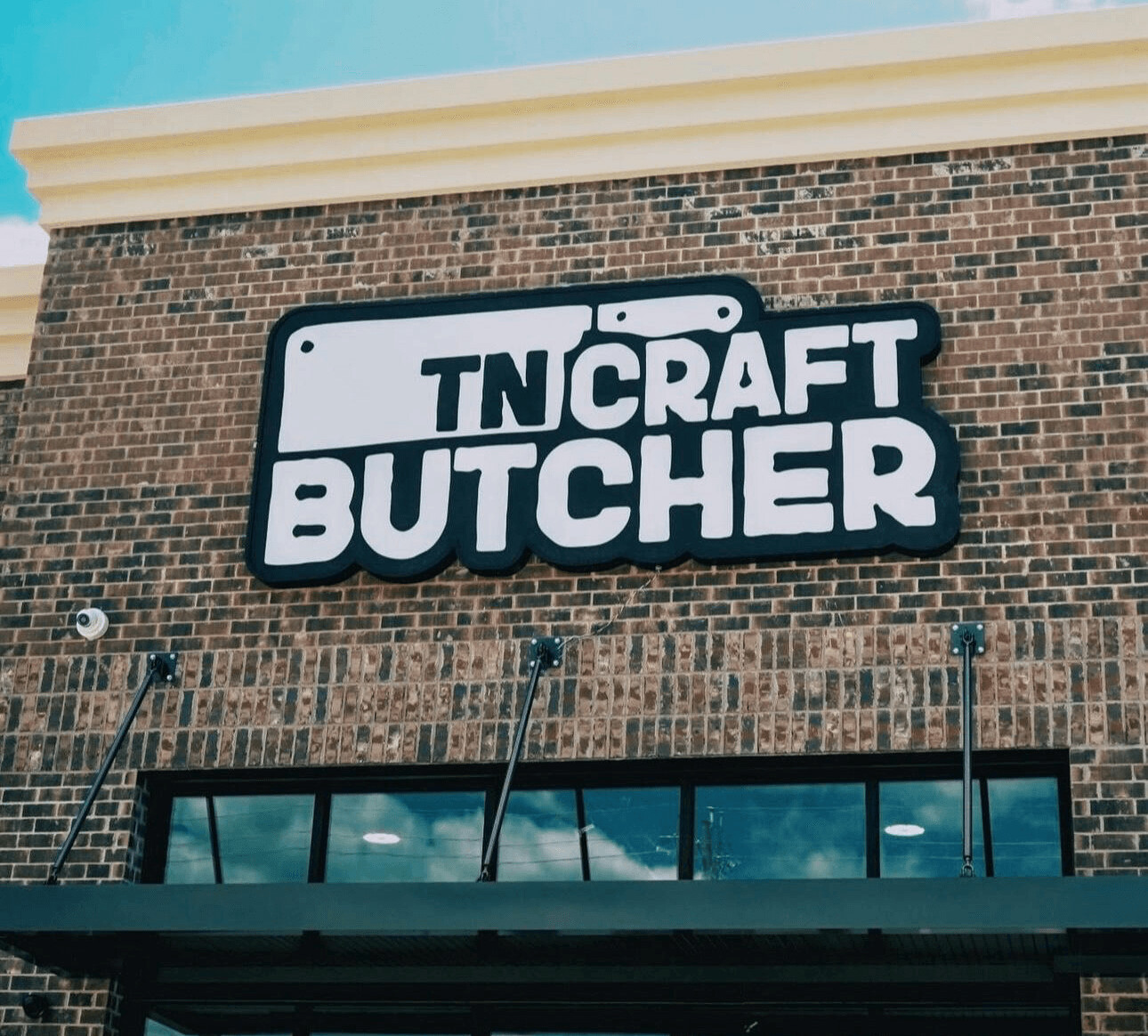
We’d love to hear a story of resilience from your journey.
My resistance is deeply connected to my roots. Growing up, I was constantly exposed to the struggles the Palestenain people face—whether it was through the stories my family shared or the images of hardship I saw documented on the news. It was and still is a painful reality, but it also ignited something inside me: the need to tell these stories through my art.
One particular moment that stands out in my journey was when I doodled a series of drawings depicting the strength and resilience of the Palestinian people, inspired by the enduring hope I saw in my own family and community, despite the adversity they faced. When I shared these pieces, I was met with resistance—not only from some who didn’t want to hear these truths, but even from within myself, questioning if my work could really make a difference. But in that moment, I realized that my resistance wasn’t just about the act of creating; it was about using my craft to challenge silence and push back against the erasure of my people’s stories.
The more I worked, the more I understood that my designs weren’t just visuals—they themselves were acts of resistance. They were my way of fighting back against the forces that try to silence and suppress us. Now, every time I sit down to create, I remember that moment and the power I have in my hands to tell a story that needs to be heard.

What do you find most rewarding about being a creative?
For me, the most rewarding aspect of being an artist or a creative is the ability to transform emotions, stories, and struggles into something tangible. As a designer, I get to take the raw, sometimes difficult experiences of life, and shape them into something that speaks to others. It’s not just about creating something visually appealing—it’s about creating work that connects with people, that sparks something in them, whether it’s understanding, empathy, or a deeper connection to a cause.
When I see someone respond to my work in a way that shows they understand the message behind it or when a design I created helps amplify a story that needs to be told, that’s when I feel the most fulfilled. Knowing that my work has made an impact, however big or small, is incredibly powerful. It reminds me that as an artist, I’m not just creating for myself—I’m creating for others, and through that, I’m able to contribute to something bigger than just the art itself.
